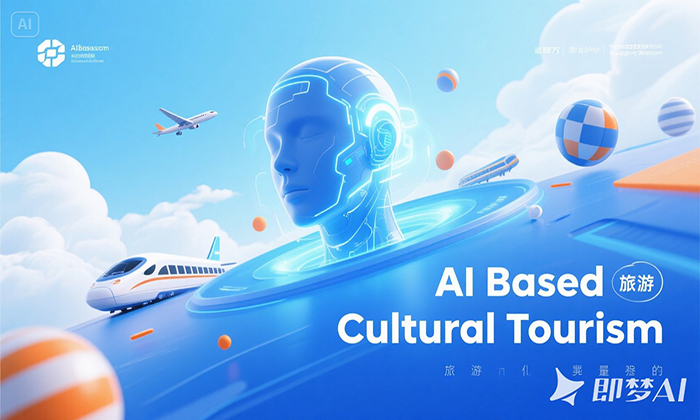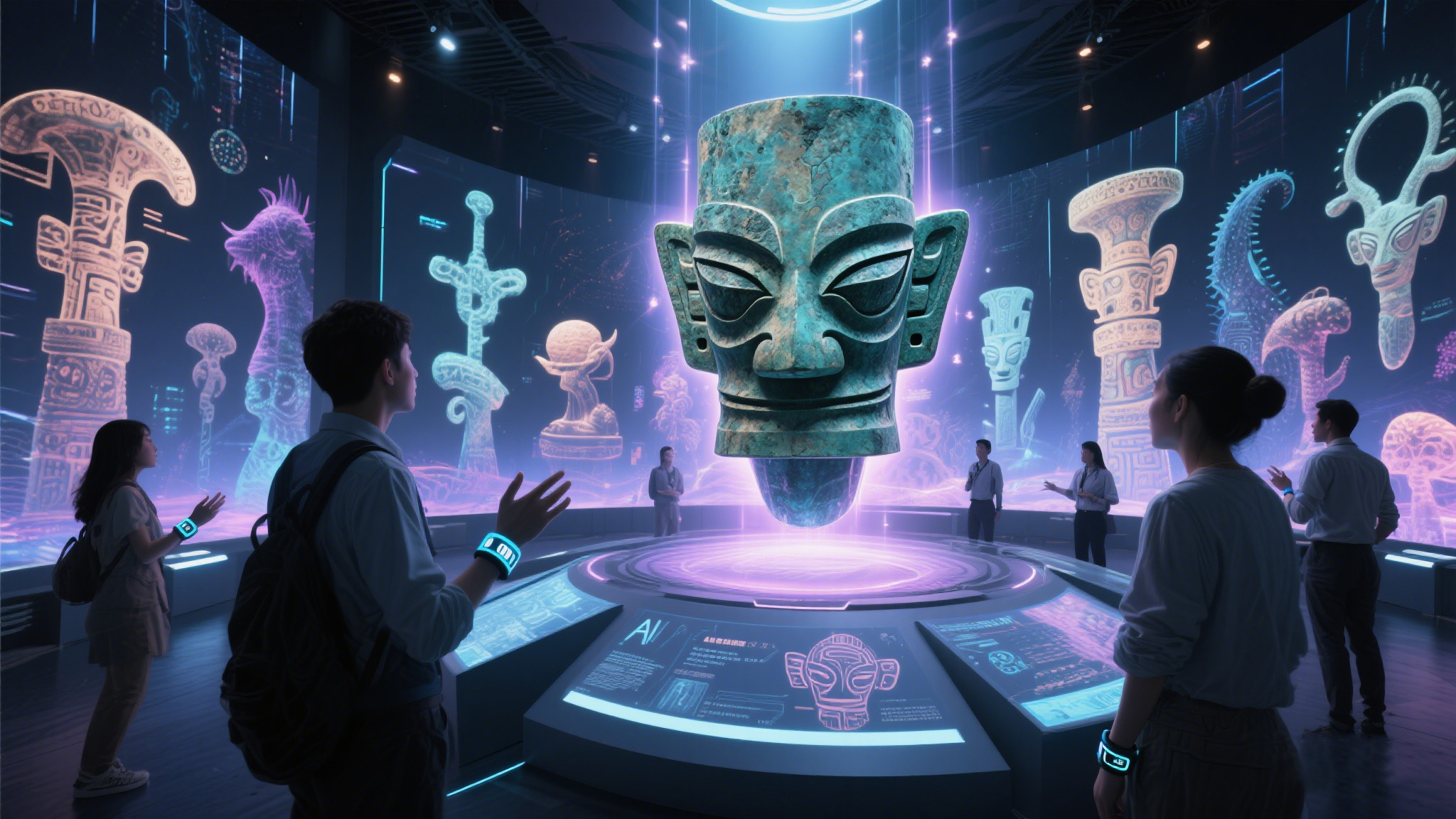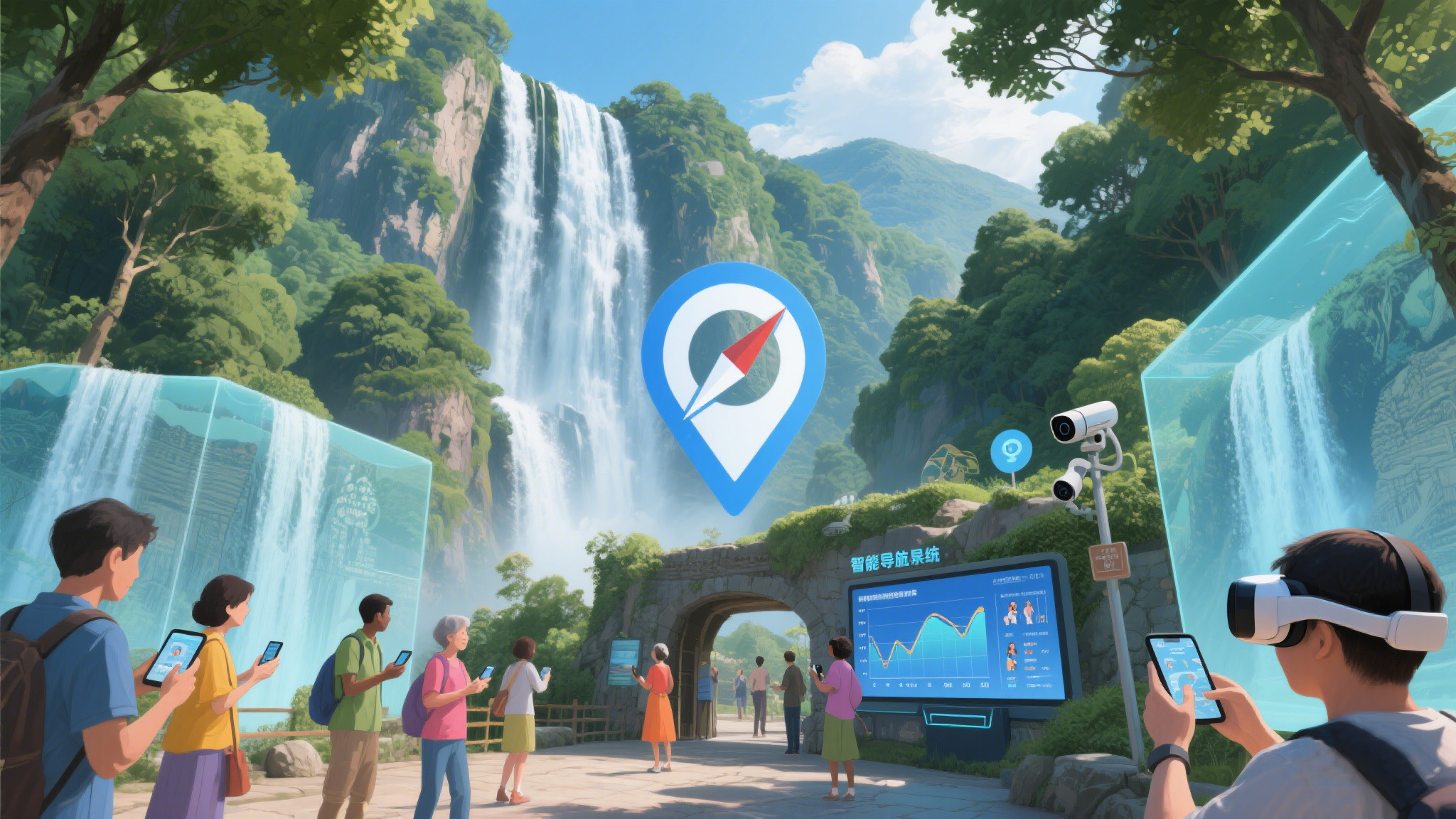The Rise of Digital Scenic Spots: Transforming Tourism through Technology
江浸月 2025-06-17
In the era of rapid digital transformation, the tourism industry is experiencing a profound revolution, with digital scenic spots emerging as a new paradigm in global travel. These innovative destinations leverage advanced technologies such as augmented reality (AR), virtual reality (VR), big data analytics, and the Internet of Things (IoT) to create immersive, interactive, and personalized experiences for visitors, while also enhancing operational efficiency and sustainable development for 景区管理者 (scenic area managers).
In the era of rapid digital transformation, the tourism industry is experiencing a profound revolution, with digital scenic spots emerging as a new paradigm in global travel. These innovative destinations leverage advanced technologies such as augmented reality (AR), virtual reality (VR), big data analytics, and the Internet of Things (IoT) to create immersive, interactive, and personalized experiences for visitors, while also enhancing operational efficiency and sustainable development for 景区管理者 (scenic area managers).
The Technological Framework of Digital Scenic Spots
1. Immersive Experience Technologies
AR and VR technologies form the core of experiential innovation in digital scenic spots. AR applications, such as smart guide apps, overlay digital information onto the real-world environment, providing tourists with real-time historical background, cultural stories, and architectural details as they explore physical attractions. For example, the Palace Museum in Beijing has developed an AR-based tour guide that brings ancient artifacts to life, allowing visitors to "interact" with historical figures through their mobile devices. VR, on the other hand, creates entirely virtual environments that enable pre-visit exploration. The Dunhuang Mogao Caves in Gansu province offer VR tours of its iconic Buddhist grottoes, preserving the fragile cultural relics while satisfying global tourists' curiosity.
2. Data-Driven Management
Big data analytics plays a pivotal role in optimizing the management of digital scenic spots. By collecting data from various sources - including ticket sales, visitor flow sensors, social media interactions, and weather forecasts - managers can gain real-time insights into visitor behavior and preferences. This enables dynamic resource allocation, such as adjusting shuttle bus frequencies during peak hours or predicting maintenance needs for popular facilities. The Huangshan Mountain Scenic Area in Anhui province uses a comprehensive data platform to monitor visitor density in real-time, issuing timely alerts to prevent overcrowding and ensuring a safe tourist experience.
3. Smart Infrastructure
The integration of IoT devices transforms traditional scenic spots into smart ecosystems. Smart sensors embedded in roads, buildings, and natural landscapes collect data on environmental conditions, asset status, and visitor movements. These data are then processed through central management systems to facilitate intelligent decision-making. For instance, in Zhangjiajie National Forest Park, smart trash cans equipped with weight sensors and GPS notify cleaning staff when they need to be emptied, improving waste management efficiency. Smart lighting systems that adapt to natural light conditions not only enhance the aesthetic appeal of the scenic area but also reduce energy consumption.
Benefits and Impacts of Digital Scenic Spots
1. Enhanced Visitor Experience
Digital scenic spots offer personalized experiences that cater to diverse tourist needs. Through mobile apps, visitors can customize their itineraries, access multilingual guides, and receive real-time notifications about temporary closures or special events. The combination of physical exploration and digital augmentation enriches the educational and entertaining value of the tour. A survey conducted by the World Tourism Organization (WTO) showed that 78% of millennial tourists prefer destinations that offer digital interactive features, indicating a strong market demand for these innovations.
2. Sustainable Development
Digital transformation promotes environmental sustainability in tourism. By reducing physical material usage (e.g., paper maps, printed guides) and optimizing resource consumption through smart systems, digital scenic spots contribute to carbon emission reduction. Moreover, virtual tours provided by VR technologies can alleviate the pressure of over-tourism on fragile ecosystems, such as the Great Barrier Reef in Australia, where underwater VR experiences allow tourists to appreciate marine biodiversity without causing physical harm to the coral reefs.
3. Economic Efficiency
For 景区 operators, digital technologies lead to cost savings and revenue growth. Predictive maintenance based on IoT data reduces equipment failure risks and maintenance costs. Dynamic pricing models powered by big data analytics enable optimized ticket sales, balancing supply and demand during different seasons. Additionally, digital marketing campaigns through social media platforms and online travel agencies (OTAs) expand the reach of scenic spots, attracting a global audience and increasing tourism revenue.
Challenges and Future Directions
Despite the numerous advantages, the development of digital scenic spots faces several challenges. The high initial investment in technology infrastructure, concerns about data privacy and security, and the need for digital literacy among both staff and visitors are significant hurdles. Moreover, maintaining a balance between technological innovation and the preservation of the scenic area's natural and cultural authenticity is crucial to avoid creating a "hyper-digitalized" environment that may alienate traditional tourists.
Looking ahead, the future of digital scenic spots lies in the integration of emerging technologies such as artificial intelligence (AI) and 5G. AI-powered chatbots can provide instant customer service, while 5G networks will enable seamless transmission of high-definition AR/VR content, further enhancing real-time interactions. Collaborative efforts among governments, technology companies, and tourism stakeholders are essential to develop standardized technical protocols, ensure data security, and promote inclusive digital tourism that benefits all segments of society.
In conclusion, digital scenic spots represent a transformative force in the tourism industry, blending technological innovation with traditional tourism resources to create value for both visitors and operators. As technology continues to evolve, these smart destinations will not only redefine the way we experience travel but also set new standards for sustainable and efficient tourism management. The journey towards fully digitalized scenic spots is just beginning, promising a future where technology and nature coexist harmoniously to inspire and connect people around the world.
















